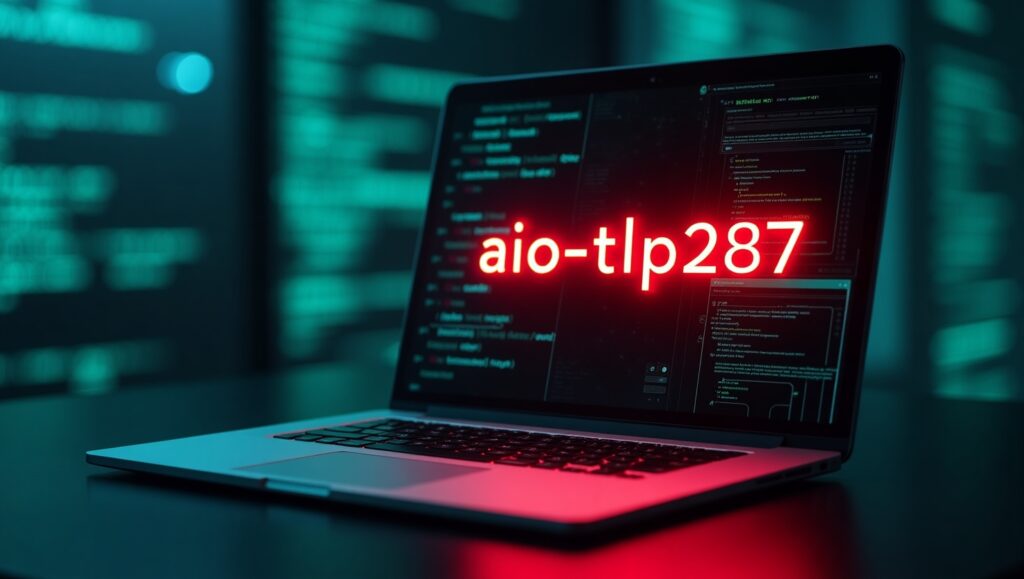Introduction
In an age where data breaches make headlines daily, the recent leak linked to thejavasea.me and the software tool AIO-TLP370 has raised significant concerns among internet users and cybersecurity experts alike. This leak reportedly involves the exposure of sensitive personal and possibly corporate information, creating risks that extend beyond simple privacy issues. With digital tools becoming more complex and intertwined with our daily activities, understanding the nature of these leaks and their impact is crucial for everyone who uses the internet. This article explores the origins of thejavasea.me leaks, what AIO-TLP370 is, the potential dangers of such a breach, and the best practices you can follow to protect yourself. Whether you are a tech-savvy user or a casual internet browser, knowing the facts and recommended precautions is key to safeguarding your digital identity.
What is thejavasea.me and AIO-TLP370?
Thejavasea.me is a domain known for hosting various software tools, forums, and digital resources that attract users interested in tech utilities, including automation and data handling scripts. One such tool is AIO-TLP370, which is an “All-In-One” multifunctional program that reportedly performs tasks such as data extraction, system scanning, or password retrieval.
While these tools can have legitimate uses, recent investigations have revealed that AIO-TLP370 might have been involved in a data leak. This means sensitive information related to users or entities connected to thejavasea.me might have been exposed or stolen. Such leaks are dangerous because they can put user privacy and security at risk.
How Did the Leak Occur?
Data leaks like this typically result from vulnerabilities in software security or careless data management. In this particular case, the leak may have happened due to:
- Weak encryption or hidden backdoors within the AIO-TLP370 tool.
- Unauthorized access to data repositories associated with thejavasea.me.
- Users inadvertently sharing sensitive data through insecure channels.
This combination of factors made it possible for attackers or malicious actors to access and leak confidential information, creating a widespread security concern.
Risks Associated with the Leak
The leak involving thejavasea.me and AIO-TLP370 carries several risks:
- Exposure of Personal Information: Names, email addresses, passwords, and other identifiers could be accessed by cybercriminals.
- Financial Threats: If financial details are compromised, users may face unauthorized transactions or identity theft.
- Account Hijacking: Stolen credentials can be used to take over social media, email, or business accounts.
- Corporate Damage: Companies linked to the leaked data could suffer financial losses and damage to their reputation.
- Legal Issues: Organizations that fail to protect user data may face legal consequences under data protection laws.
Understanding these risks helps users and businesses prioritize immediate protective actions.
How to Protect Yourself from Data Leaks
Protecting yourself in a digital environment exposed to leaks like this requires adopting strong security habits:
- Avoid Untrusted Tools: Only use software from verified and reputable sources.
- Use Strong, Unique Passwords: Avoid reusing passwords across multiple platforms.
- Enable Two-Factor Authentication: Adds an essential security layer beyond passwords.
- Regularly Monitor Accounts: Check for suspicious activity or unauthorized access.
- Update Software Frequently: Apply security patches promptly to close vulnerabilities.
- Be Educated About Cyber Threats: Stay informed about current scams and data breaches.
Taking these steps will reduce your exposure to leaks and improve your overall online security.
The Importance of Cybersecurity Expertise
Dealing with leaks such as this demands expertise. Cybersecurity professionals analyze threats, track breaches, and help organizations and individuals respond effectively. Ethical hackers play a vital role by testing software for vulnerabilities before attackers can exploit them. Their work contributes to a safer digital environment and helps raise awareness about risky tools like AIO-TLP370.
What Should Users Do Now?
If you have used thejavasea.me services or the AIO-TLP370 tool, immediate actions are recommended:
- Change all your passwords linked to the tool or site.
- Activate two-factor authentication wherever possible.
- Check bank and credit accounts for unauthorized activity.
- Run antivirus or malware scans on your devices.
- Stay alert for phishing emails or suspicious messages related to the leak.
Being proactive can help minimize potential damage and protect your digital identity.
Is Hizzaboloufazic Good? Honest Review
TheJavaSea.me AIO-TLP370 Leak: What It Is, Risks, and How to Stay Safe
Conclusion
Thejavasea.me’s leak involving the AIO-TLP370 tool is a serious reminder of the vulnerabilities inherent in today’s digital landscape. Such incidents underscore the importance of exercising caution when using third-party software and highlight the growing need for stringent data protection measures. By understanding how these leaks occur and the potential risks involved, users can take practical steps to secure their information. The best defense against cyber threats is a combination of vigilance, strong security habits, and ongoing education. For developers and companies, this incident emphasizes the critical responsibility of safeguarding user data through secure design and thorough testing. Ultimately, protecting your digital footprint is a shared responsibility, and staying informed is your first line of defense. With the right knowledge and actions, you can reduce the risk of falling victim to data leaks like those associated with thejavasea.me and AIO-TLP370.
FAQs
1. What is thejavasea.me known for?
It is a domain associated with tech forums and software tools, including utilities like AIO-TLP370, sometimes linked to data leaks.
2. What does AIO-TLP370 do?
It is an all-in-one tool reportedly used for data extraction, scanning, and other functions, though it has been implicated in data leaks.
3. How dangerous is the thejavasea.me leak?
Very dangerous, as it can expose personal and financial data, leading to fraud and identity theft.
4. How can I protect myself if I used AIO-TLP370?
Change passwords, enable two-factor authentication, monitor accounts closely, and avoid further use of untrusted tools.
5. Can companies be legally punished for such leaks?
Yes, companies that fail to protect data can face legal penalties and loss of trust under privacy regulations.
